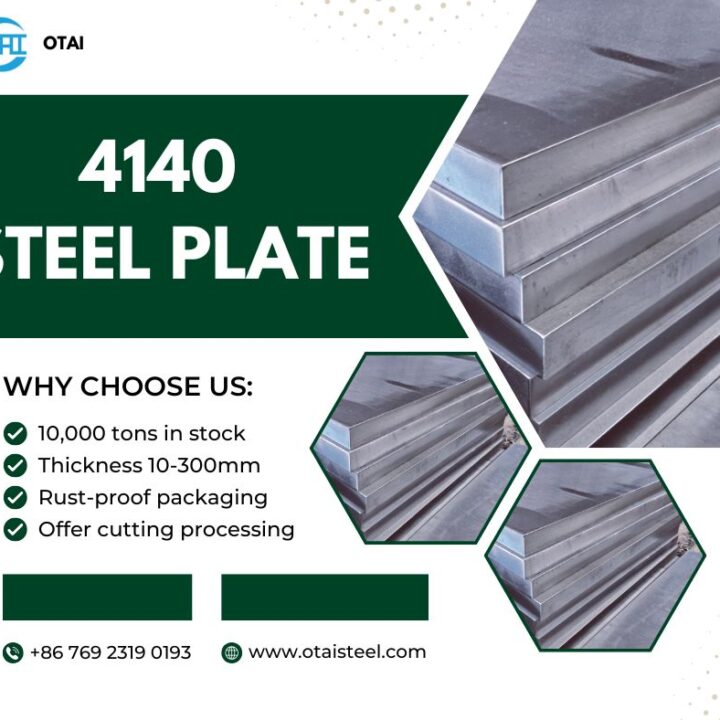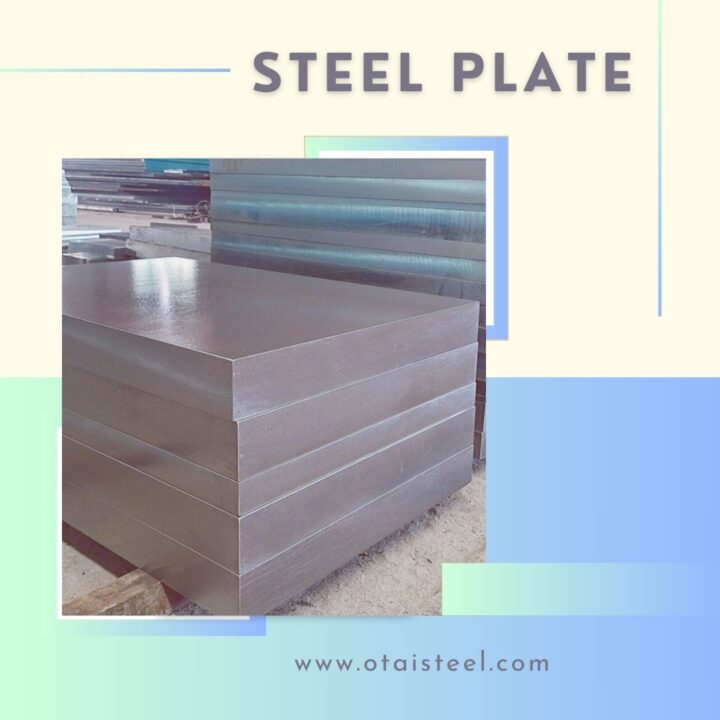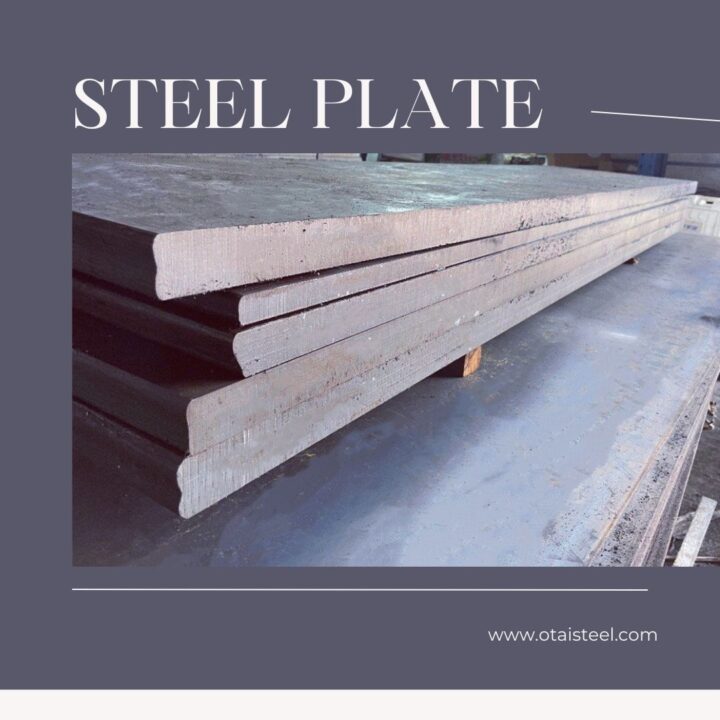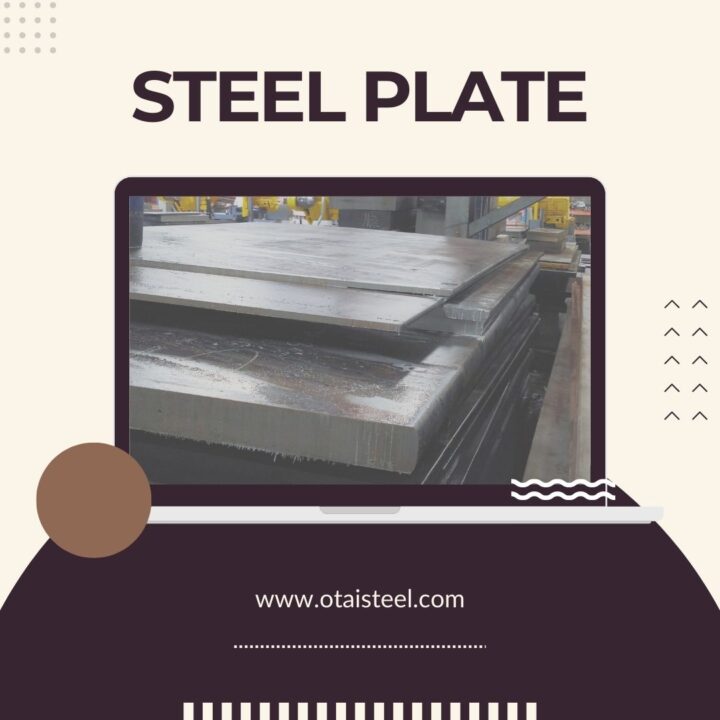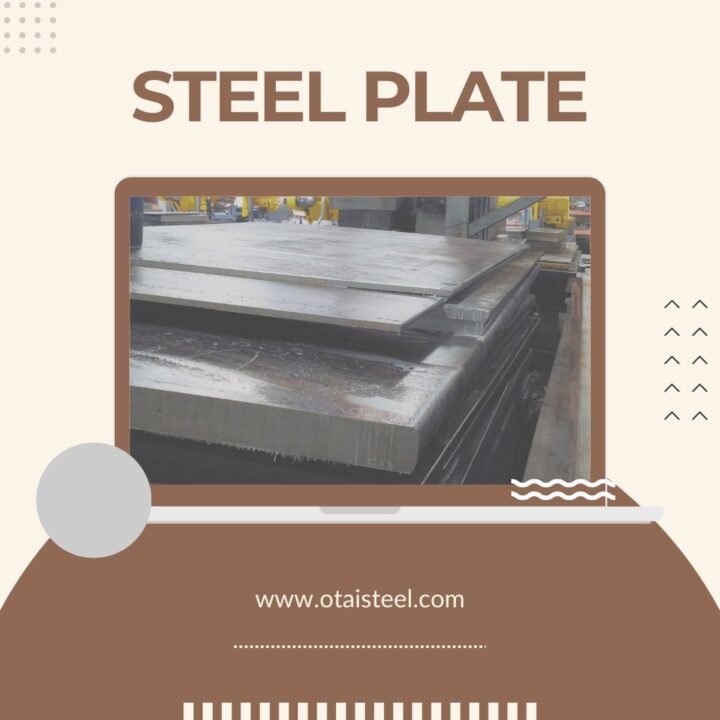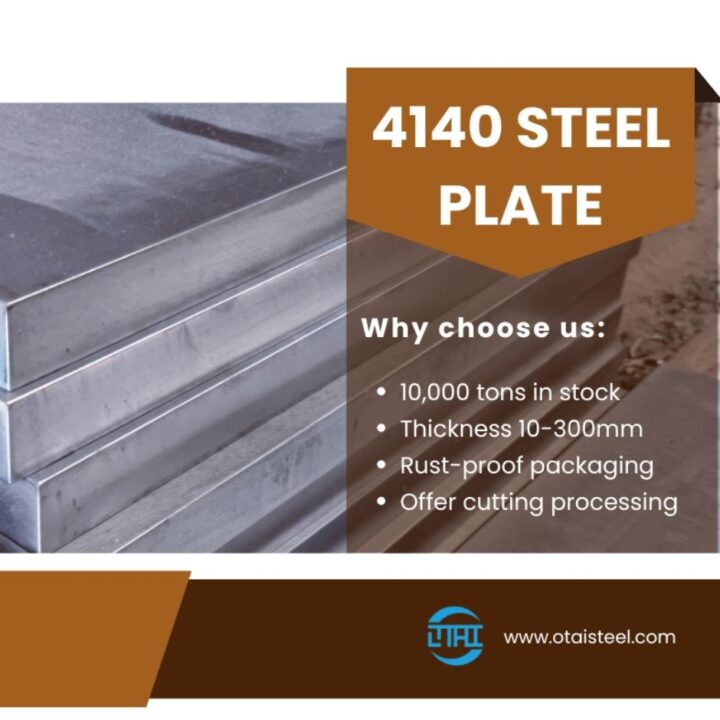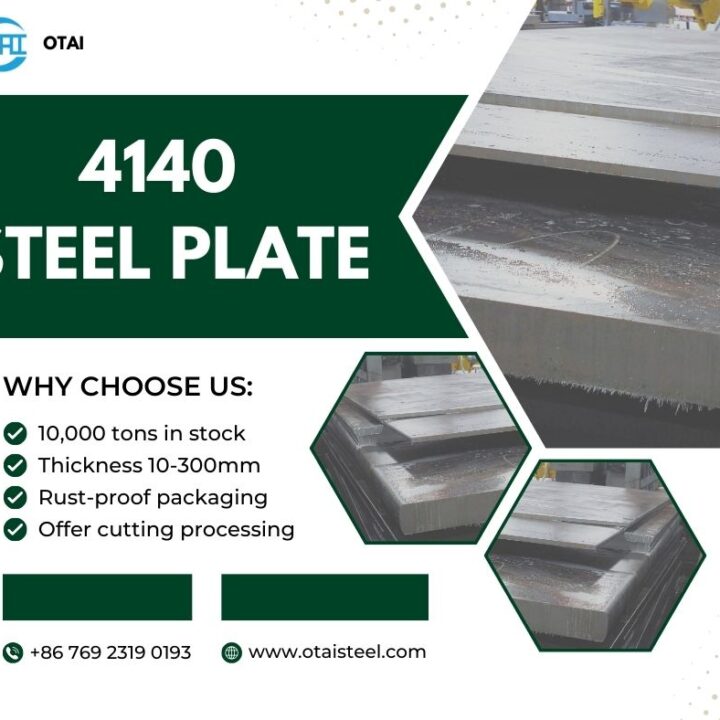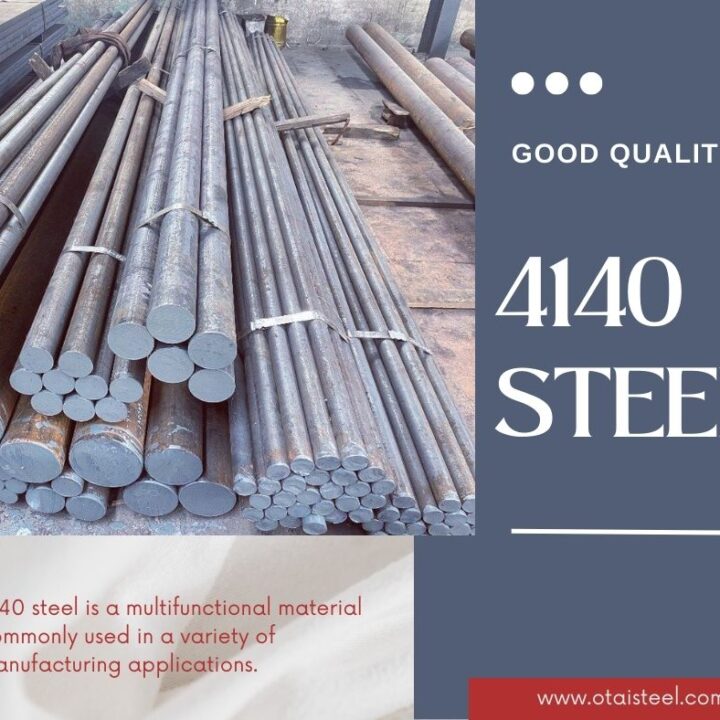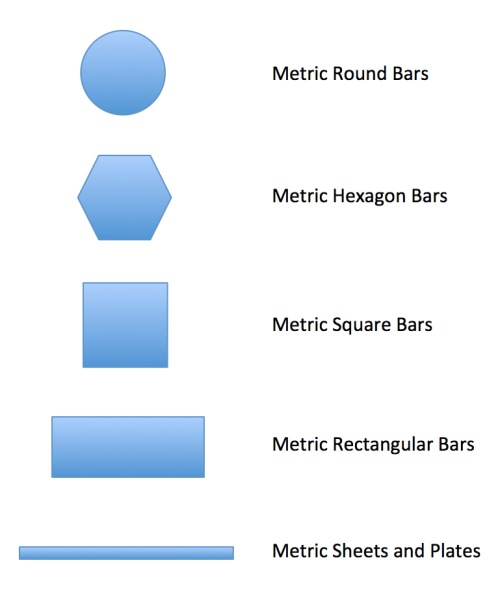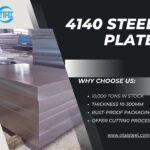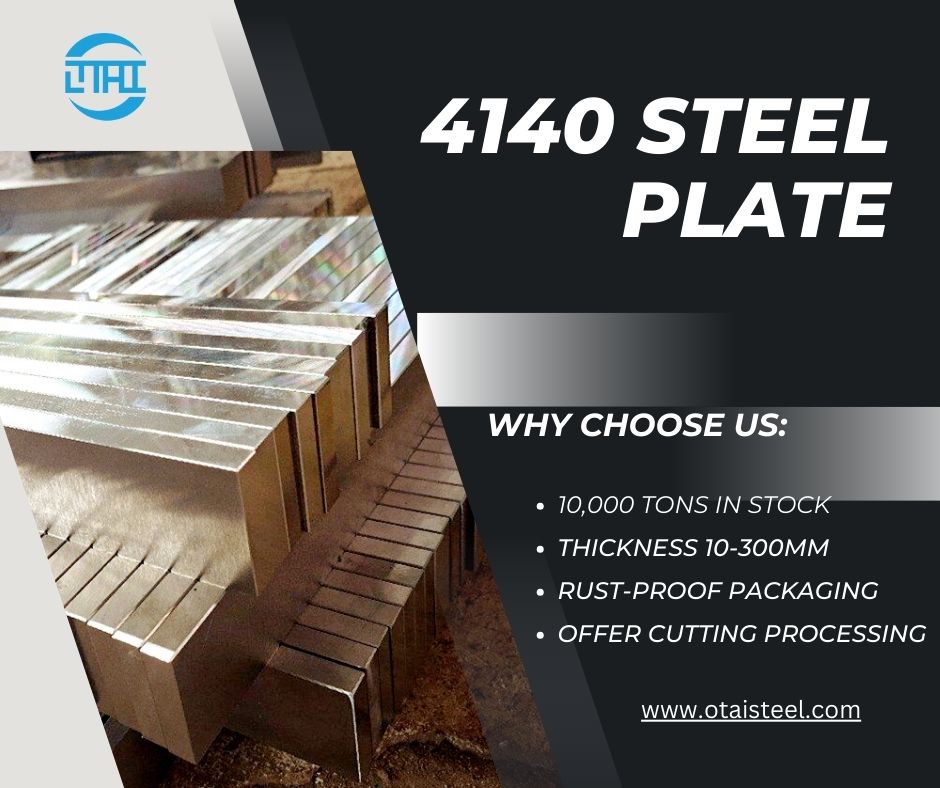 Harnessing the 4140 alloy steel yield strength
Harnessing the 4140 alloy steel yield strength
Introduction
Choosing the right material is a critical step in engineering and manufacturing projects, much like picking the right tool for a specific task. 4140 alloy steel stands out as a versatile and reliable choice due to its strength, durability, and flexibility across industries. To fully leverage its advantages, understanding its yield strength is key. Let’s explore why this property is crucial and how to maximize 4140 steel’s performance.
Yield Strength: What It Means
Think of pulling a steel bar—initially, it stretches and then snaps back when you release it. However, there’s a point at which it no longer returns to its original shape. This point is the yield strength, representing the stress level at which the material begins to permanently deform. Unlike tensile strength, which marks the breaking point, yield strength serves as an early warning, signaling when a material will start to fail.
Why Yield Strength Is Crucial
Imagine a company manufacturing a critical part for heavy machinery, assuming they had selected the perfect material. However, they failed to check the yield strength. As the machine operated, the component deformed under pressure, leading to failure. This costly mistake could’ve been avoided with careful attention to yield strength. Although often overlooked, yield strength is vital in material selection.
What Makes 4140 Alloy Steel Special
4140 alloy steel is renowned for its unique composition—carbon, chromium, and molybdenum. Carbon provides a solid structural foundation, while chromium and molybdenum enhance toughness and wear resistance. Together, these elements create a steel that’s both tough and reliable, making it ideal for demanding applications.
4140 Steel’s Yield Strength in Numbers
4140 alloy steel boasts an impressive yield strength range of 60,000 to 100,000 psi, depending on the processing technique used. This is significantly higher than standard structural steel, which typically maxes out at around 36,000 psi. With its superior yield strength, 4140 steel can endure greater stress before permanent deformation. Additionally, heat treatment can further enhance its strength, boosting overall performance.
Heat Treatment: Unlocking Full Potential
Heat treatment is essential for maximizing 4140 steel’s capabilities. By carefully controlling temperature, the steel’s properties can be customized to meet specific project requirements. Techniques like quenching (rapid cooling after heating) and tempering (reheating to a lower temperature) dramatically increase yield strength, making the material even more durable and resistant to stress.
Putting Yield Strength to Work
Consider designing a machine shaft that must withstand significant torque and wear. By choosing 4140 alloy steel and applying the right heat treatment, you can ensure the shaft will perform reliably under stress. This results in a more durable component, enhancing the overall performance and efficiency of the machinery.
Testing Yield Strength: The Basics
Accurate yield strength testing is essential for ensuring the material meets project requirements. The most common method for determining yield strength is tensile testing. In this process, a sample is pulled in a machine until it begins to deform, and the machine records the stress at this point, which indicates the material’s yield strength. This simple yet vital test ensures the material will meet your needs.
The Importance of Standards
Standards provide consistency and reliability in material testing. For instance, ASTM E8 outlines procedures for sample preparation, testing, and data recording. Adhering to these standards ensures reliable yield strength measurements, allowing for easy comparison across different projects and materials.
Conclusion
When should you choose 4140 alloy steel? It’s an excellent choice for applications requiring strength and toughness, such as gears, shafts, and structural components. However, always evaluate the yield strength, especially in projects involving significant stress or bending. In some cases, other alloys like 4340 or 8620 might be better suited. Understanding your project’s specific needs and selecting the right material is crucial.
Engineer and Designer Tips
Keep these points in mind:
- Always check yield strength—it’s essential to the success of your project.
- Don’t hesitate to consult experts if you’re uncertain about the best material choice.
- Use heat treatment to improve material properties and extend the service life of your components.
In the end, understanding and testing yield strength allows you to make informed material choices. With this knowledge, you can fully unlock 4140 alloy steel yield strength, ensuring your products are strong, reliable, and up to the task. Keep testing, learning, and making thoughtful material decisions to guarantee the success of your engineering projects.
